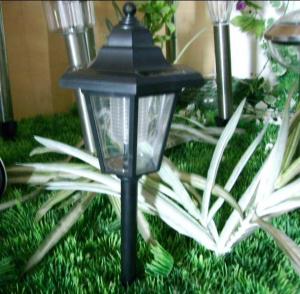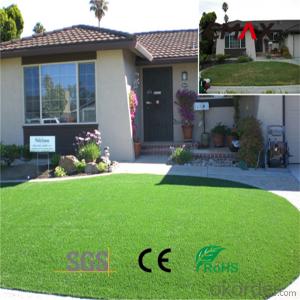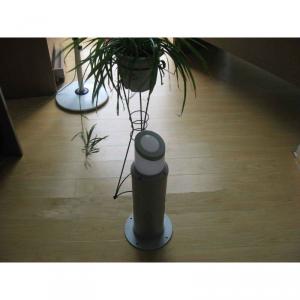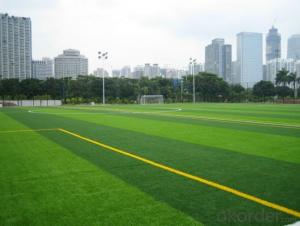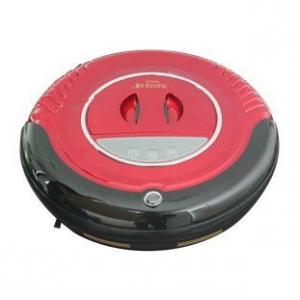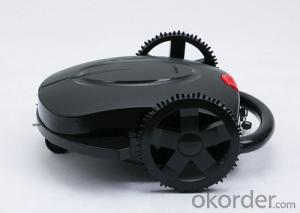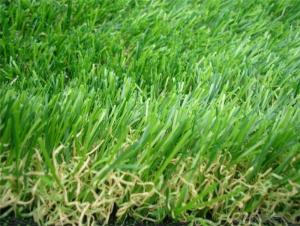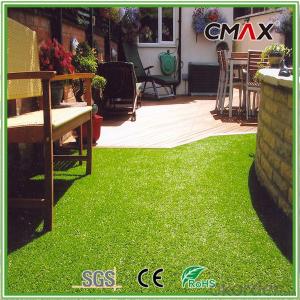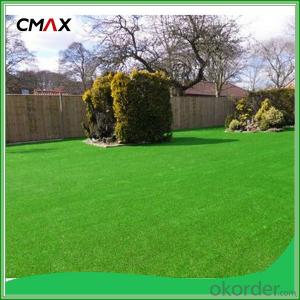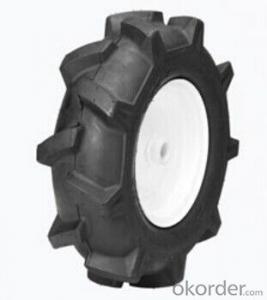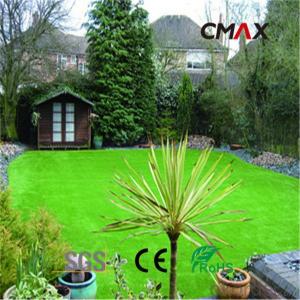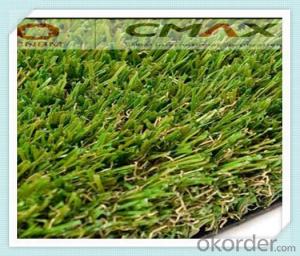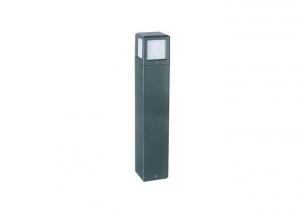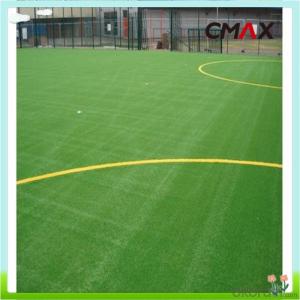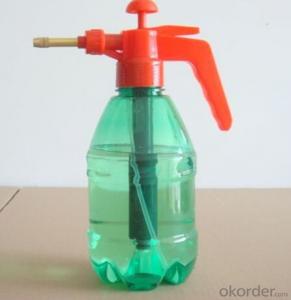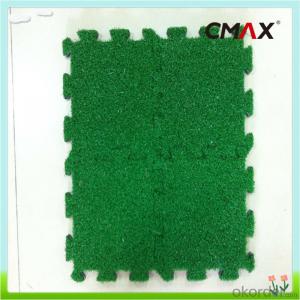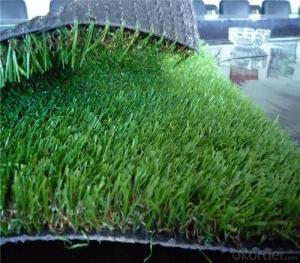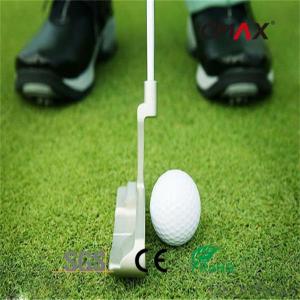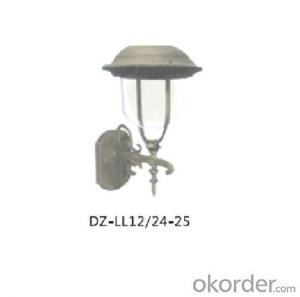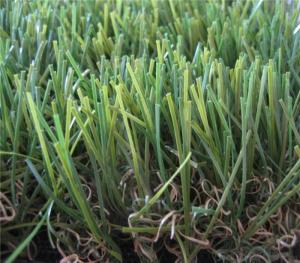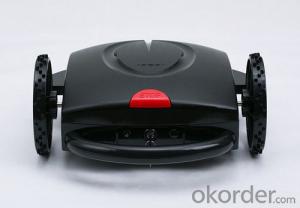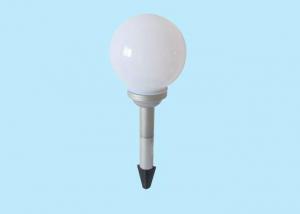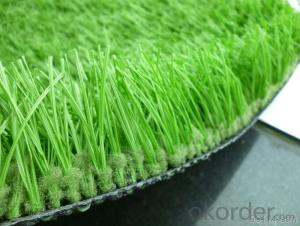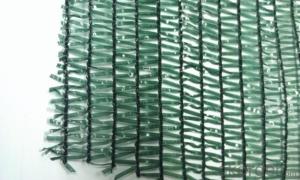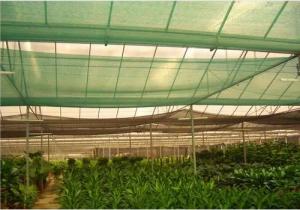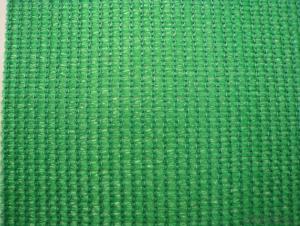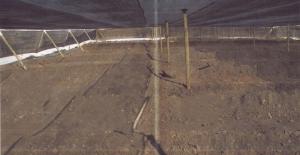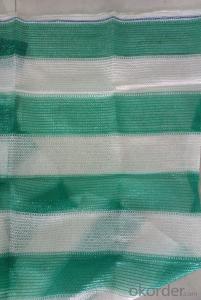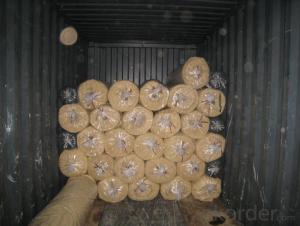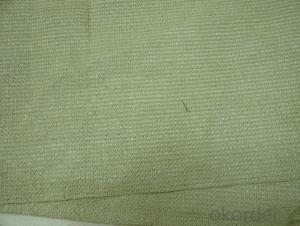Fall Lawn Aeration
Fall Lawn Aeration Related Searches
Aeration Of Lawn Geogrid Cost Per Square Yard Geomembrane Cost Per Square Foot Geogrid Grass Pavers Send Message Bristle Grass Geogrid Cost Per Sf alucobond cost per m2 Geogrid Driveway Cost Geogrid Cost Geomembrane CostHot Searches
Synthetic Roof Tiles Cost Cost To Aerate Lawn Lawn Aeration Cost Fisheye Lens Best Buy Best Buy Electronics Store How Much Do Street Lights Cost Cost To Aerate Lawn Lawn Aeration Cost Steel Girder Cost Outdoor Led Screen Cost Cost Of Plywood Per Square Metre Cost Of Mdf Per Square Metre Pool Light Installation Cost Cost Of Room Heater Cost Of Plywood Cost Of Folding Chairs Pallet Of Shingles Cost Cost Of Drywall Cost Of Screws Cost Of Installing Hardwood FloorsFall Lawn Aeration Supplier & Manufacturer from China
Okorder.com is a professional Fall Lawn Aeration supplier & manufacturer, offers integrated one-stop services including real-time quoting and online cargo tracking. We are funded by CNBM Group, a Fortune 500 enterprise and the largest Fall Lawn Aeration firm in China.Hot Products
FAQ
- Yes, plastic nets are sometimes used in the construction of bridges. These nets are typically made from high-strength synthetic materials and are used to reinforce concrete structures, such as bridge decks, to increase their durability and resistance to cracking and corrosion.
- Yes, plastic nets can be used for automotive applications. They can be used for various purposes such as car seat upholstery, interior trim components, cargo netting, and grille inserts. Plastic nets are lightweight, durable, and can be customized to fit specific automotive requirements, making them suitable for use in the automotive industry.
- Plastic nets are used in the medical field for various purposes, including wound dressings, hernia repair, and tissue reinforcement. These nets, also known as mesh or netting, provide support and stability to damaged or weakened tissues, allowing for proper healing and preventing further complications. They are often made from biocompatible materials that are safe for use in the human body.
- Plastic nets are typically made from synthetic materials such as polyethylene, while mesh fabrics are often made from natural or synthetic fibers. Plastic nets are rigid and have distinct holes or openings, making them more suitable for applications like fencing, packaging, or filtration systems. On the other hand, mesh fabrics are more flexible and have a tighter weave, making them ideal for uses like clothing, curtains, or upholstery.
- No, plastic nets are not suitable for packaging furniture as they do not provide sufficient protection and support for the large and heavy items.

